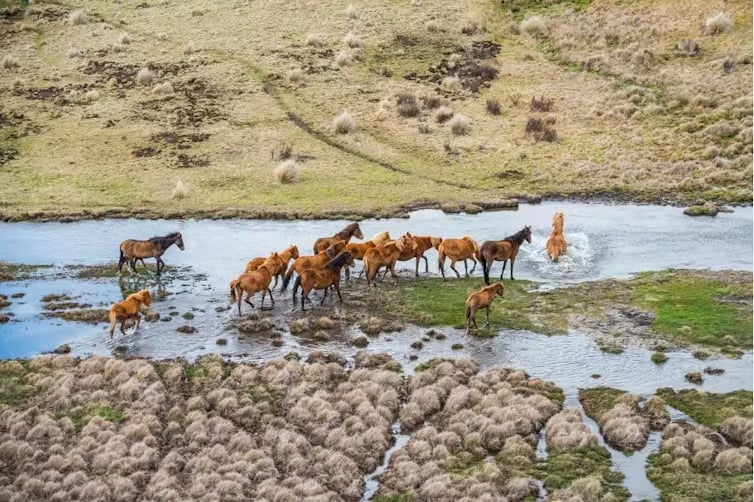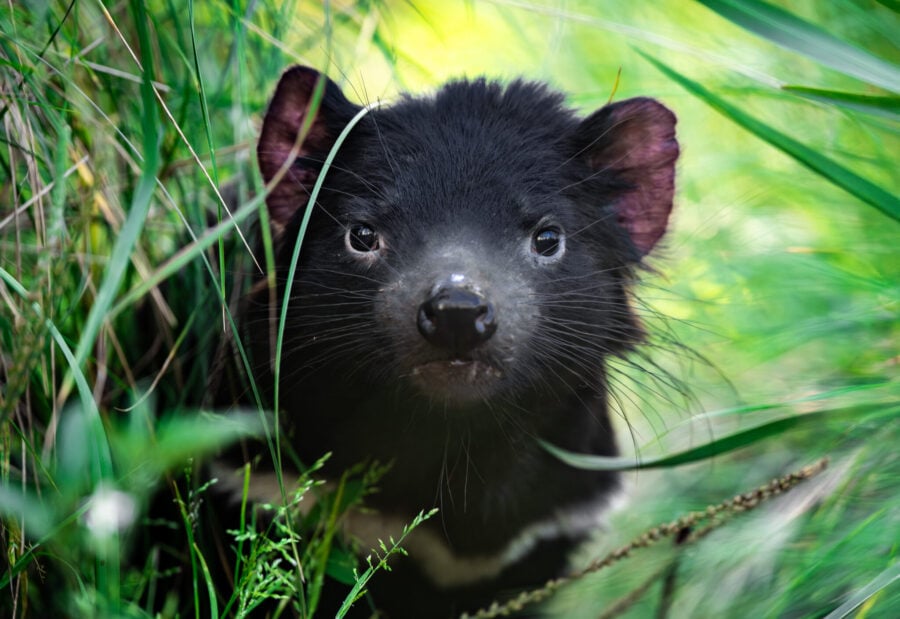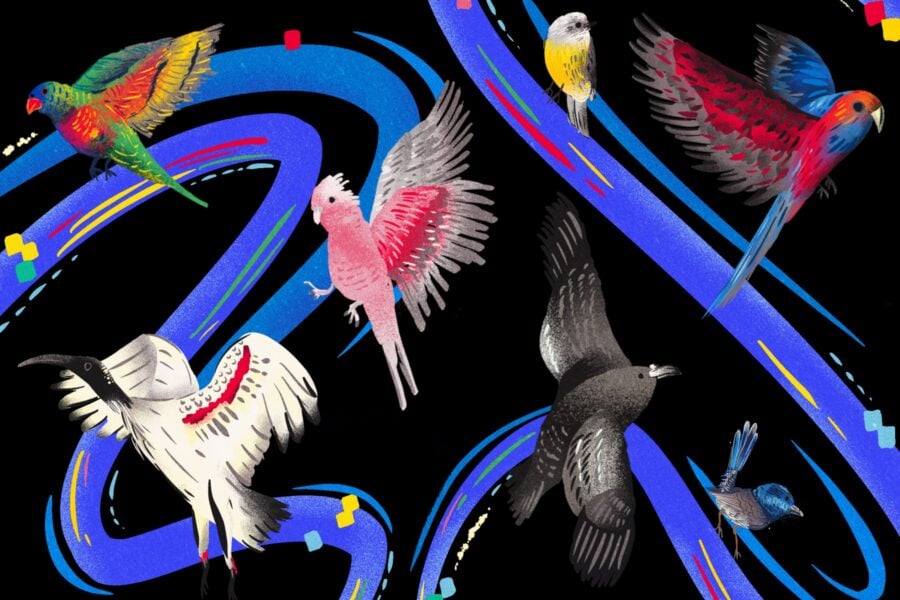Native fish have outsmarted cane toads
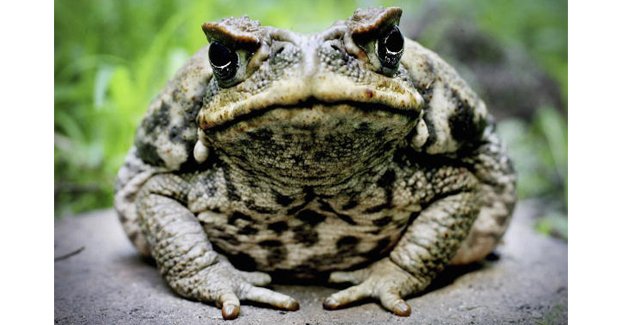
POPULATIONS OF NATIVE FISH have learnt to steer clear of toxic cane-toad tadpoles, new research reveals.
Cane toads (Bufo marinus) are among the most devastating of all invasive species in Australia. However, researchers at Macquarie University in Sydney have discovered that in regions where the noxious toad is abundant, crimson spotted rainbow fish (Melanotaenia duboulayi) have successfully adapted to avoid eating the toad’s toxic tadpoles.
The finding, which was published in science journal PLOS ONE in January, reveals that Brisbane-based populations of crimson spotted rainbow fish, which have lived alongside cane toads for more than 50 years, have learnt to stay away from the tadpoles. The species also displays quick learning skills when presented with new toxic prey.
In contrast, when a sample of the same fish species collected from Coffs Harbour, NSW – with no cane-toad experience – is placed in contact with cane-toad tadpoles, they do not turn down the poisonous meal. When presented with other toxic prey, they take longer than their more experienced cousins to learn avoidance behaviour.
Fish learn to avoid cane toads
“We went into the study expecting that the fish with experience would be better at avoiding cane-toad tadpoles than naive fish,” the study’s co-author Dr Culum Brown told Australian Geographic. “The surprising finding is that fish can generalise to other prey types… we had not anticipated that.”
Culum and his research partner Georgina Caller examined how fish from each of the two populations interacted with both native and cane-toad tadpoles – tadpoles are a major food source for many freshwater fish.
“We did this repeatedly to examine learning,” says Culum. “Then we took some fish pellets, dyed them different colours and made one of them toxic. We examined how quickly the fish learnt to avoid the toxic pellet.”
The study indicates that if animals manage to survive an interaction with toxic toads or tadpoles, they may learn to avoid them. “The trouble is that often the first encounter is lethal,” says Culum.
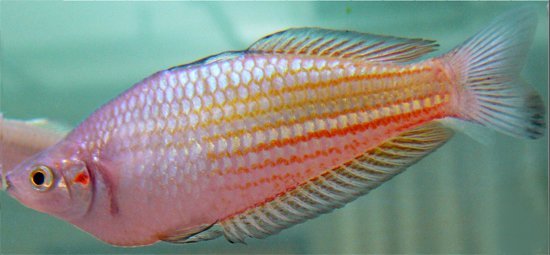
Crimson spotted rainbow fish can learn to avoid toxic cane-toad tadpoles. (Credit: Culum Brown)
Cane toads: catastrophic introduced species
Cane toads were introduced to Australia in 1935 to control sugar cane pests in Queensland. The initial 100 or so toads quickly multiplied and within six months there were more than 60,000. Currently numbering in their millions, the toads are spreading south through NSW at a rate of about 5km per year, and west through the Northern Territory at a rate of between 30 and 50km each year.
Toads have recently been spotted in the Kimberley region of WA, where conservation efforts are at work to stop their impending invasion.
The invasive species has wrought havoc on Australia’s native wildlife, however recent studies suggest some native animals are learning to stay away from cane toads, developing a resistance to their toxin, or learning to handle them in ways that avoid their poison glands.
Australian animals adept at surviving toads
“This paper adds to the emerging conclusion that Australia’s native animals are surprisingly adept at dealing with noxious cane toads,” says Professor Rick Shine, from the University of Sydney.
“Native predators like goannas and quolls, that are big enough to attack a large adult toad, are likely to die rather than learn,” Rick says. “But the smaller predators, like fish, frogs, and smaller marsupials, usually get sick rather than die – and so have the opportunity to learn from their mistake.”
This flexibility has allowed many predator populations to persist despite toad invasions. “There’s no doubt that cane toads are an ecological disaster in Australia, but it’s also becoming clear that our native species are smarter than we gave them credit for,” says Rick.
RELATED STORIES
Taste training for quolls
Cane toad v cane toad: poison used against itself
Cane toads help spread parasites to frogs
Spiders keep cane toad numbers in check
Toads have inbuilt earthquake warning system
Cane toad hitchhikes to southwest WA
Audio: Cane toads in Broome and Sydney
Cane toad found on WA coast
Psychedelic toad comes back from the dead
…More toad articles
